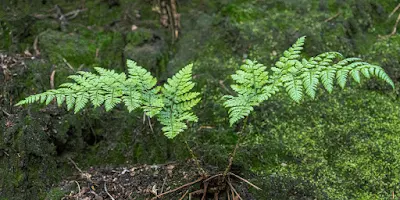Set in 100 acres of Parkland the Follies is a range of dramatic and rugged natural sandstone hills that were developed to include gullies, caves, towers. In 1556 when Sir Rowland Hill, the first protestant Lord Major of London, purchased the Hawkstone estate for £700, starting the family's 340 year association with Hawkstone. Over the next 100 years the grounds were shaped with new terraces, tree lined walks, shell encrusted grotto and various Follies for visitors to explore. Visitors continued to grow in number throughout the late 1700s. By 1800 Hawkstone was famous. Visitors came from across the Country often staying for 2-3 days.
The grounds continued to be added to through the 1800s with new specimens of plants from all over the World, and herds of Eland roaming the ground. There are some amazing redwoods,Lawson Cyprus, and Chilean pine. Unfortunately the expanding estate began to exceed the families finances, and in 1894 the last member of the Hill family to own Hawkstone was declared bankrupt. The Hall stood empty until 1906, then passed hands again in 1913 where it was offered to house the government of the day as a convalescent home for officers.
In 1915 the first 9 hole golf course was introduced on the land and the second one in 1920 which is now accessed from the village Weston. Although the Park itself started to fade from memory, myths and legends circled the magical landscape. A small cup was discovered in 1920s in the base of the Eagle Statue linking to the well-known stories of the Holy Grail.
We clambered up and down the steep and sometimes stepped paths and across the narrow Swiss bridge connecting the two rocky elevations and certainly felt we had done a work-out.
The term 'witches' broom' relates to the deformity in trees. In herbaceous plants this deformity is known by the scientific names of phyllanthies, phyllodies or chloranthies. Collectively, these are known as virescences
Wood Sorrel, Fairy Bells, Wood Sour, Cuckoo's Meat Oxalis acetosella. Leaves, flowers, and seed pods (which resemble miniature okra fruits) are all edible. It wilt almost immediately after harvesting, so it's best eaten on the spot. Its tangy, somewhat sour flavour—reminiscent of citrus—makes it an excellent garnish in just about any salad. this plant also has medicinal properties and been used topically to cool skin, soothe the stomach, as a diuretic, and astringent. The plant is also useful in treating scurvy, fever, urinary tract infections, sore throats, nausea, and mouth sores.
















No comments:
Post a Comment